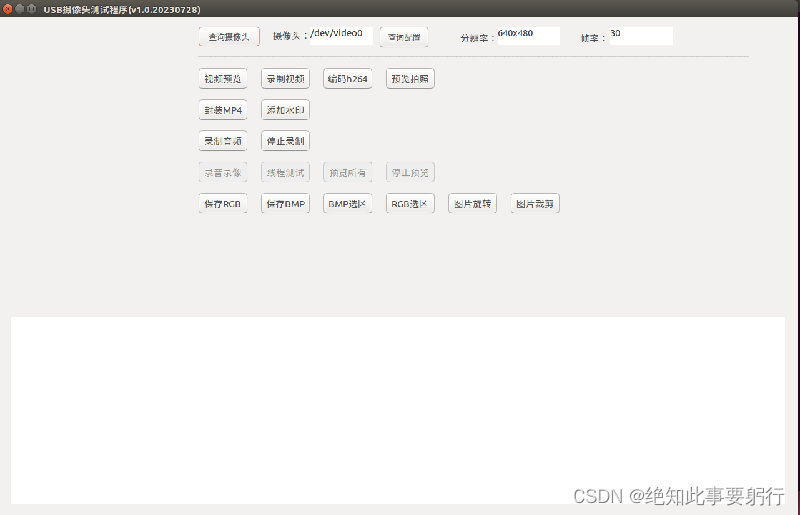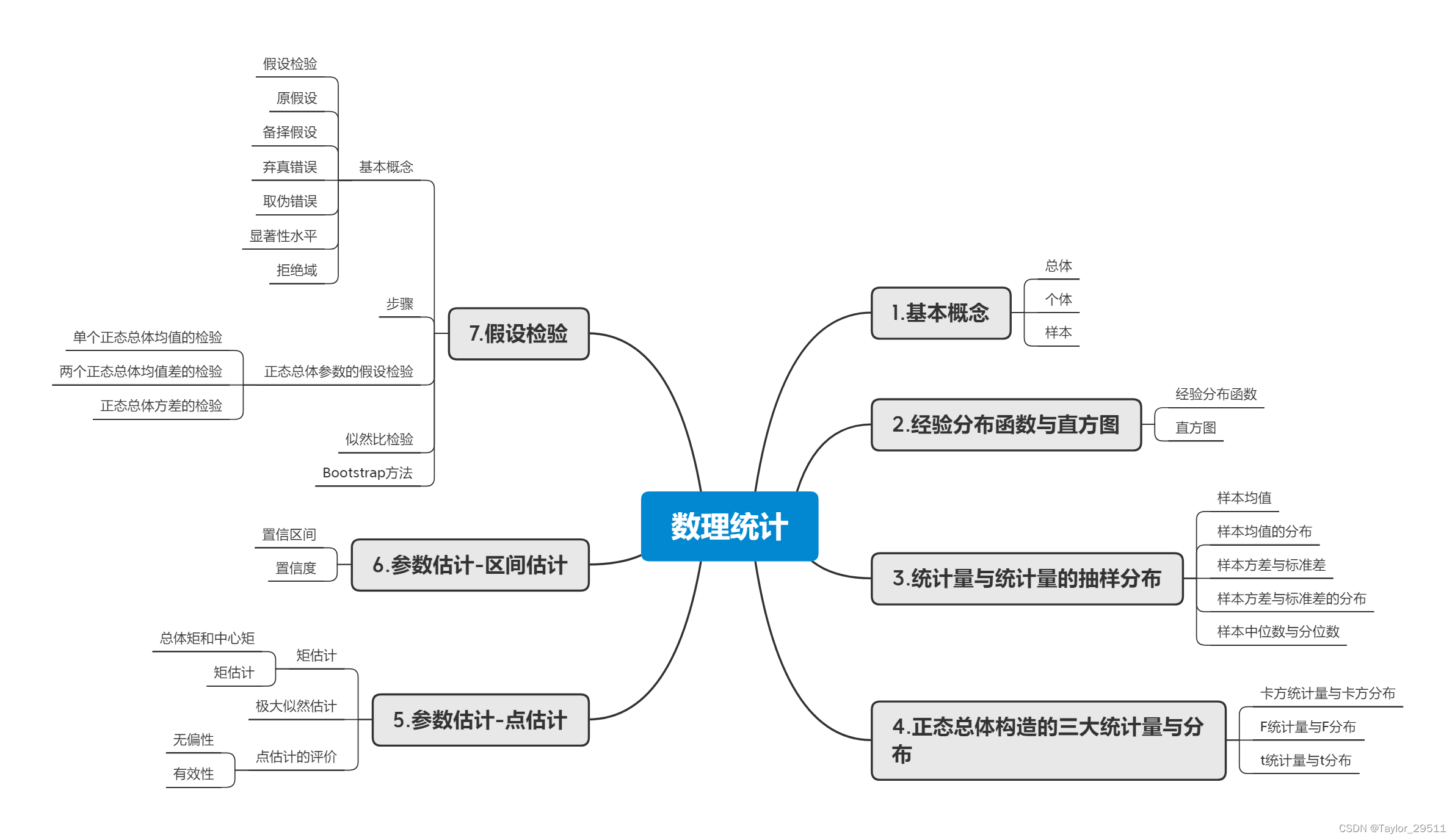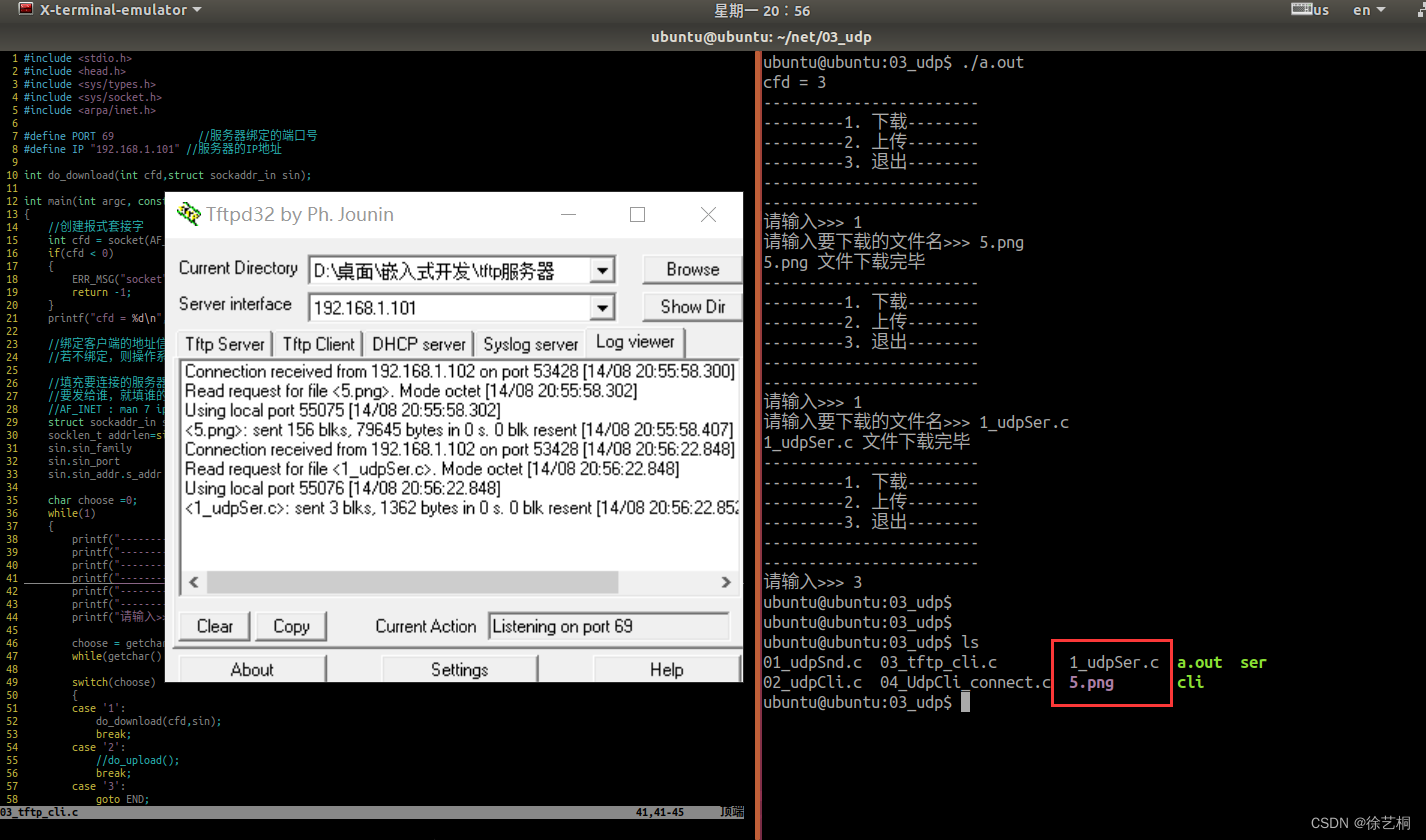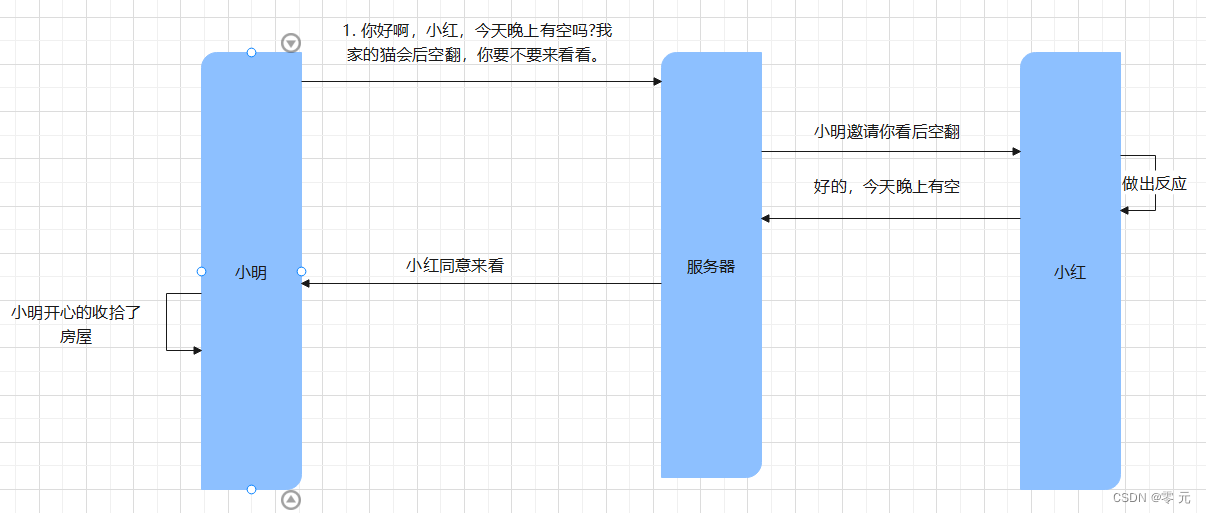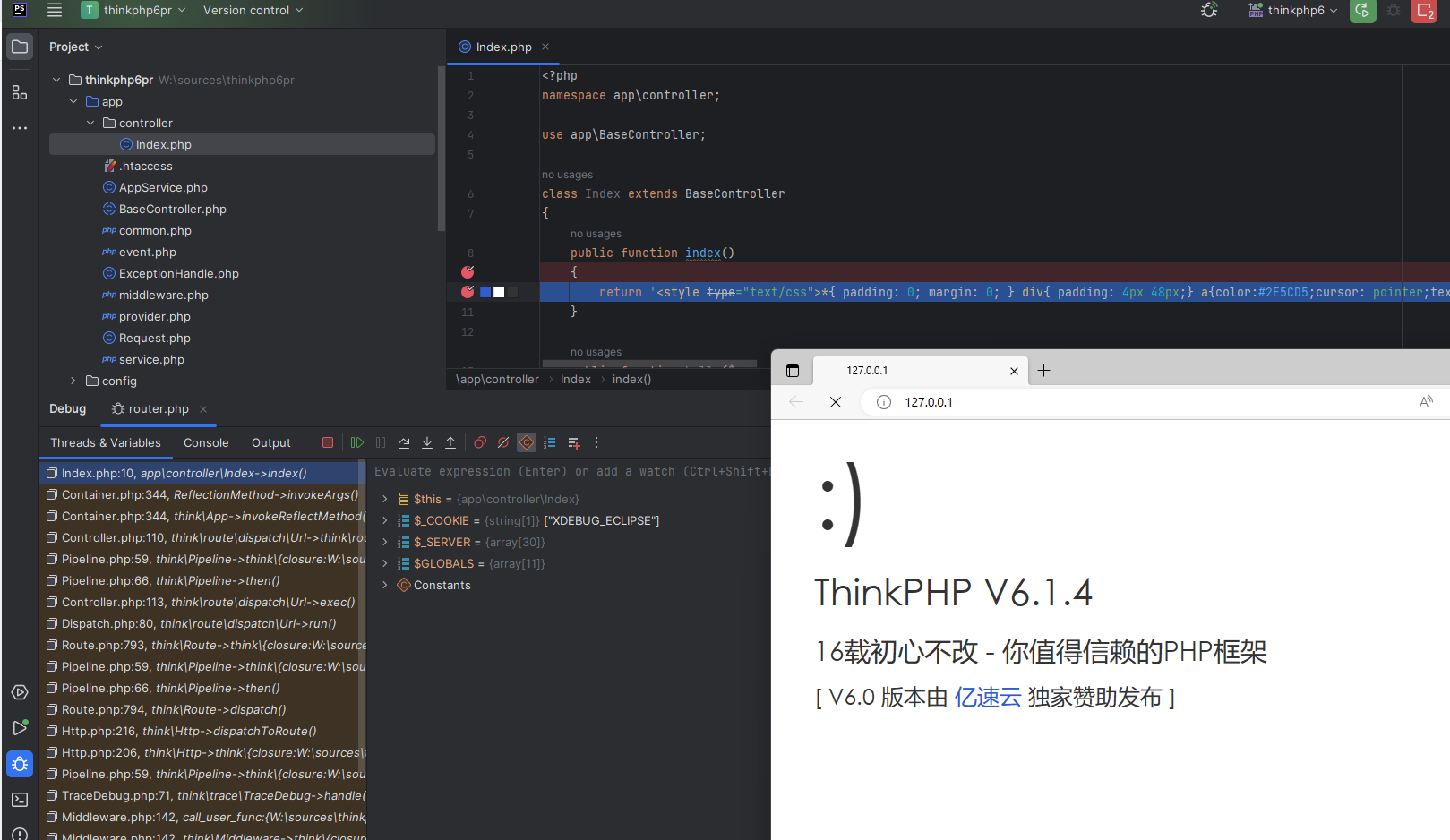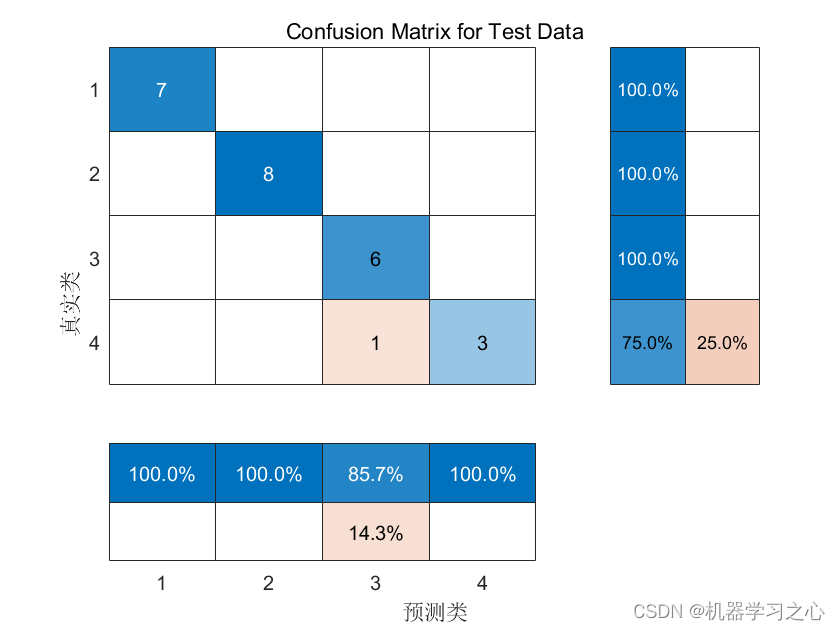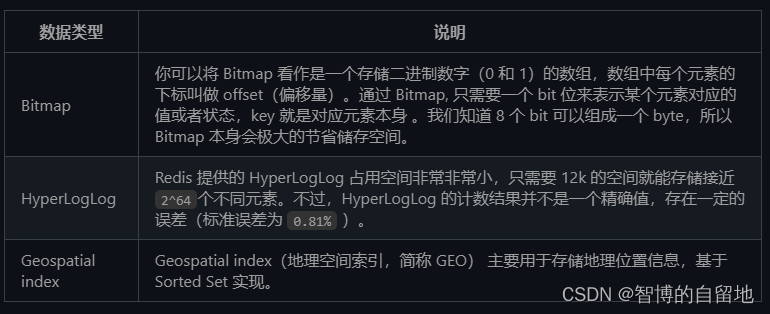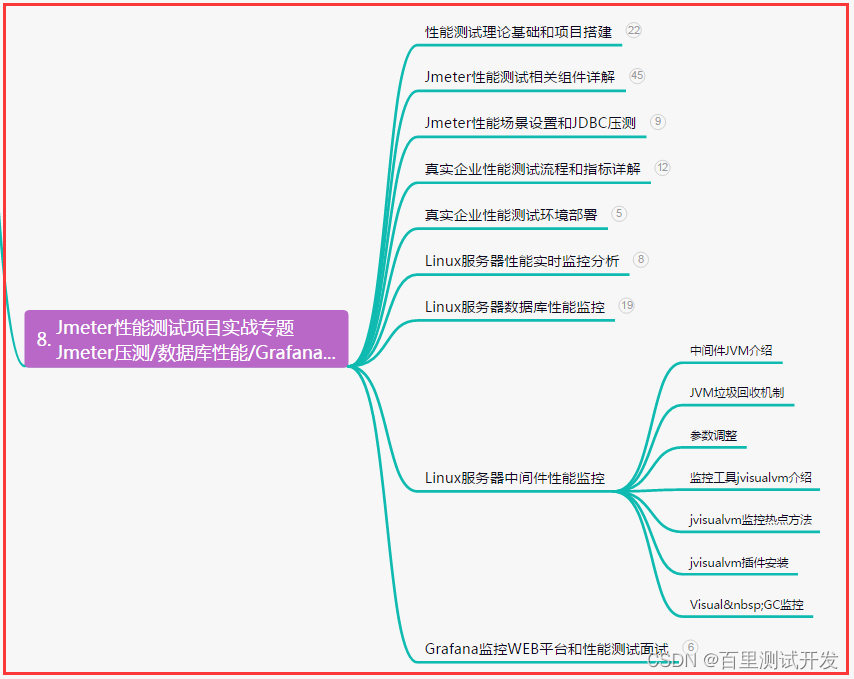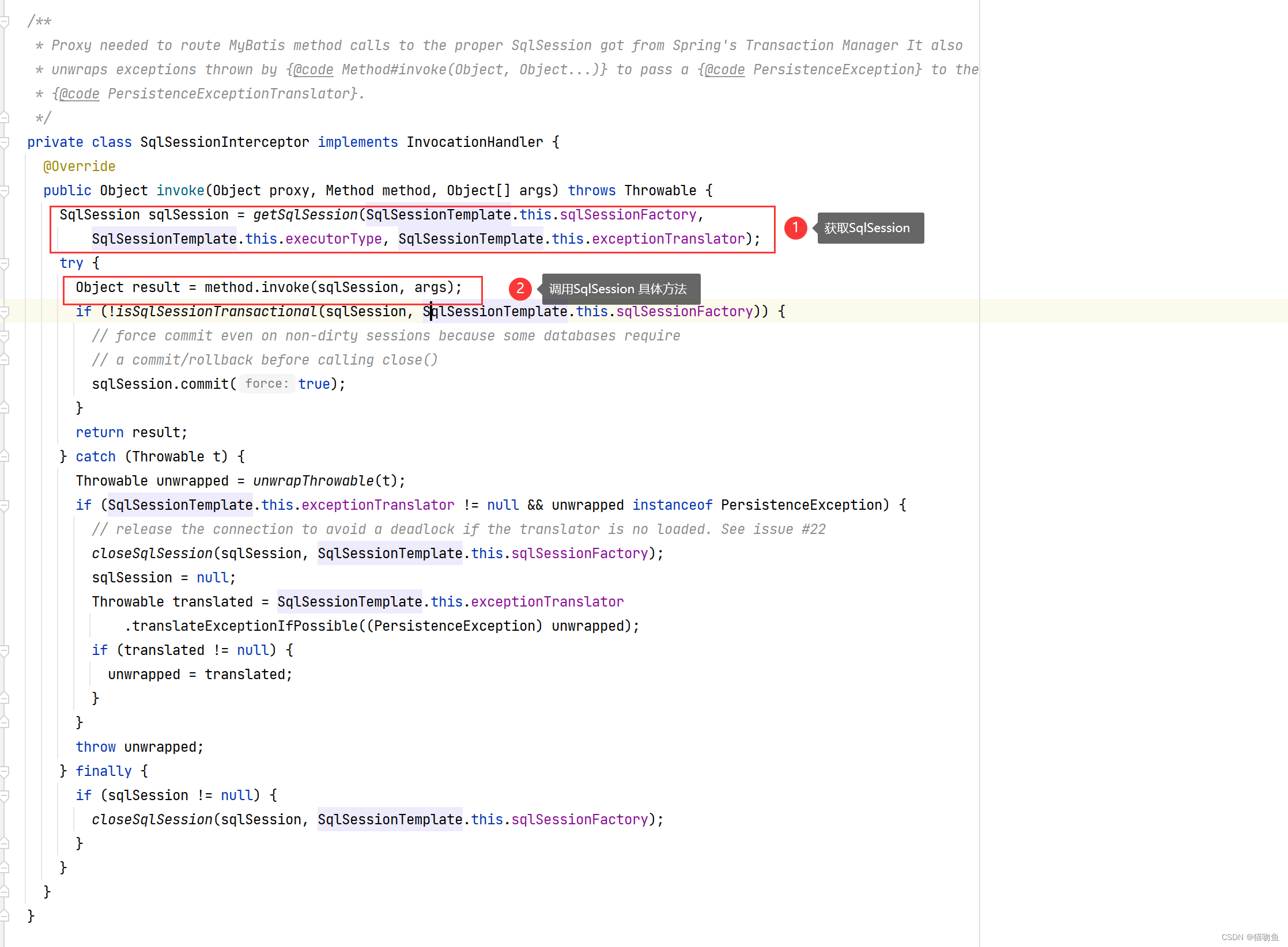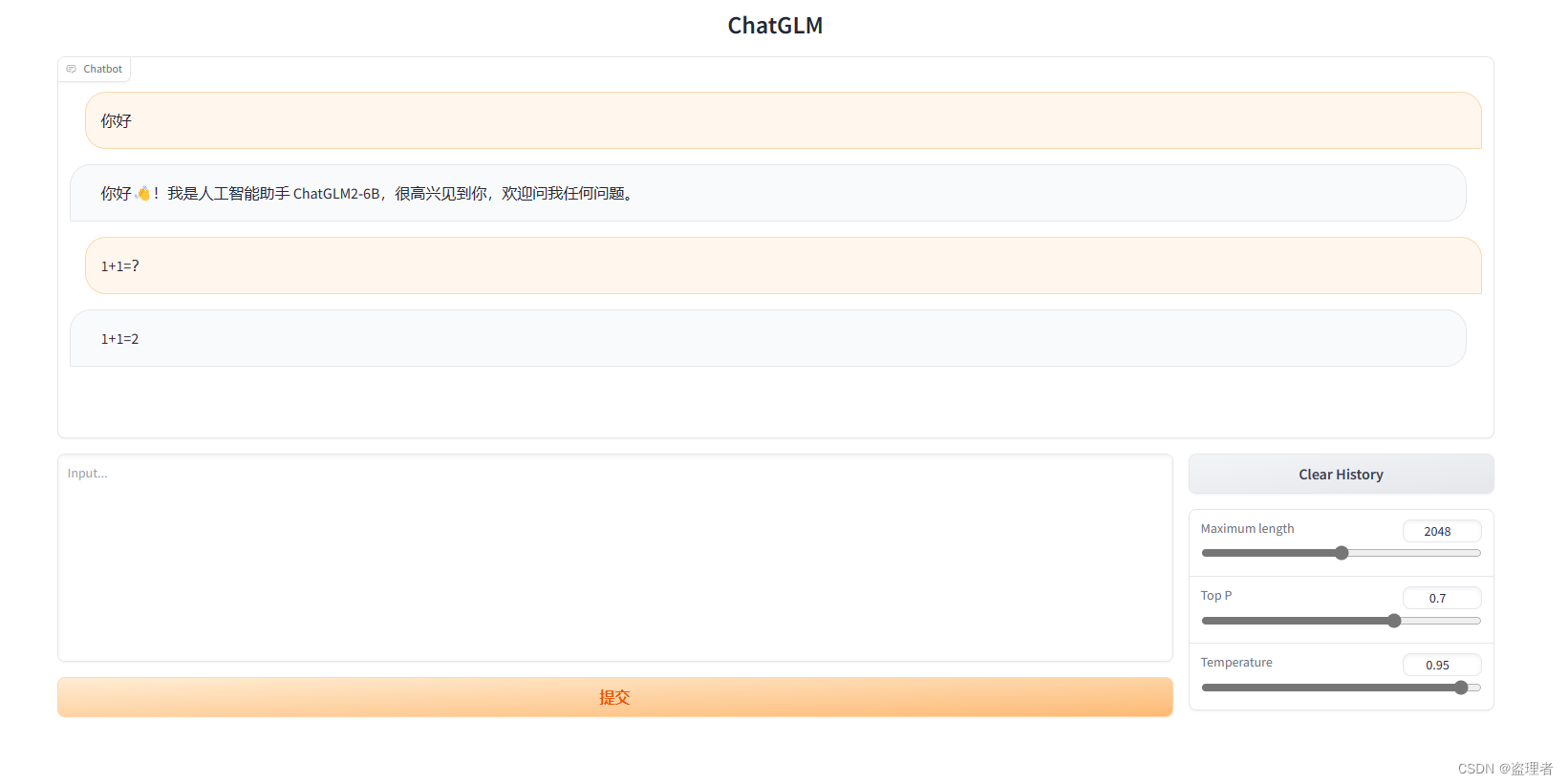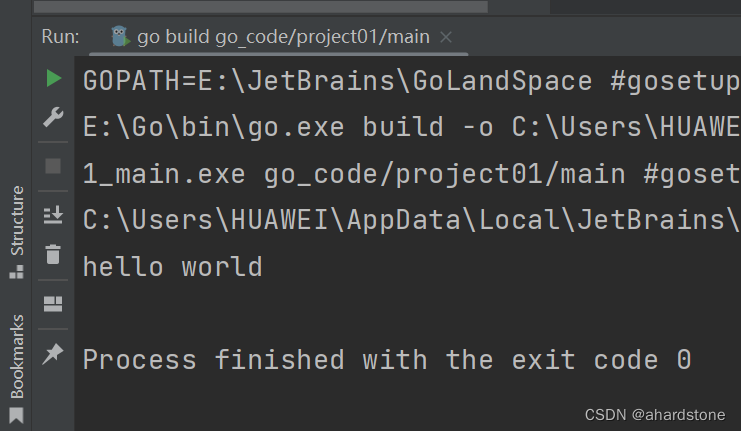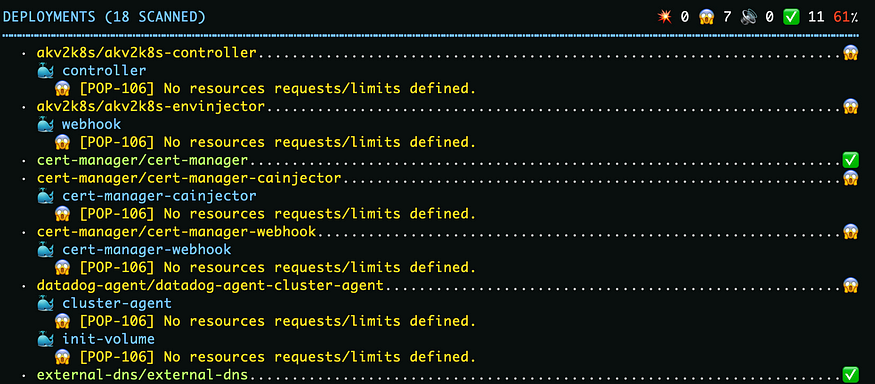作用
在SQL查询中,当我们需要合并多个查询结果集时,我们通常会使用UNION和UNION ALL操作符,同时,如果你写的or语句不走索引,可以考虑使用UNION、UNION ALL优化。
在本篇博客中,我们将探讨UNION和UNION ALL的区别以及如何选择合适的操作符来提高查询性能。
UNION
首先,让我们来看看UNION操作符。UNION用于合并多个查询结果,并且会自动去除重复的行,确保最终的结果集中没有重复数据。这种去重操作的好处是我们可以获得干净、唯一的结果集,但同时也带来了性能开销。去重操作需要比较和过滤结果集中的每一行,这可能会导致较大的性能消耗。因此,在使用UNION操作符时,需要权衡结果集的唯一性和性能开销之间的折衷。
UNION ALL
与之相对的是UNION ALL操作符。UNION ALL也用于合并多个查询结果,但与UNION不同的是,它不进行去重操作。这意味着UNION ALL返回的结果集可能包含重复的行。然而,由于没有去重的开销,UNION ALL的性能通常比UNION更好。如果我们已经确保结果集中没有重复行,或者我们不关心结果集中的重复行,那么使用UNION ALL可以获得更好的查询性能。
两者区别
- 结果集:UNION会在结果集中去重
- 结果集顺序:UNION会在最终结果集进行排序,UNION ALL不会进行排序,结果集顺序由各个子查询顺序决定
- 性能:由于UNION会去重和排序,因此UNION ALL的性能要优于UNION。
UNION/UNION ALL使用案例
create table products
(
id int auto_increment
primary key,
name varchar(255) not null,
price decimal(10, 2) not null,
description text null,
created_at timestamp default CURRENT_TIMESTAMP null,
updated_at timestamp default CURRENT_TIMESTAMP null on update CURRENT_TIMESTAMP,
type tinyint not null comment '商品类型'
);
create index idx_name_prefix
on products (name(7));
create index idx_type
on products (type);
create index products_name_index
on products (name desc);
create index products_price_index
on products (price desc);
# 1.执行
CREATE PROCEDURE generate_test_data()
BEGIN
DECLARE counter INT DEFAULT 1;
WHILE counter <= 10000 DO
INSERT INTO products (id, name, price, description, type)
VALUES (counter, CONCAT('Product ', counter), RAND() * 100, CONCAT('Description for product ', counter), FLOOR(RAND() * 5));
SET counter = counter + 1;
END WHILE;
END;
# 2.调用
CALL generate_test_data();
or条件优化
explain
select id, name
from products
where name = 'Product B'
or price = 5.99;
explain
SELECT *
FROM products
where name = 'Product B'
union all
SELECT *
FROM products
where price = 5.99;

去重测试
SELECT *
FROM products
where name = 'Product B'
union all
SELECT *
FROM products
where price = 19.99;
SELECT *
FROM products
where name = 'Product B'
union
SELECT *
FROM products
where price = 19.99;
综上所述
为了优化查询性能,我们需要根据具体情况选择合适的操作符。如果我们需要合并多个查询结果并且希望去除重复行,可以使用UNION操作符。然而,如果我们不需要去重操作或已经确保结果集中没有重复行,那么使用UNION ALL操作符可以获得更好的性能。在实际应用中,我们应该根据查询的需求和性能要求,谨慎选择合适的操作符,以提高查询效率。
最后,值得注意的是,优化查询性能是一个复杂的过程,还涉及到其他因素,如索引的设计、统计信息的准确性以及查询语句的编写等。通过合理的索引设计、统计信息的维护以及优化查询语句的编写,我们可以进一步提升查询性能。因此,在实际应用中,我们应该综合考虑多个方面的优化策略,以获得最佳的查询性能。
希望本篇博客能够帮助你理解UNION和UNION ALL的区别,并在优化查询性能时做出明智的选择。通过选择适当的操作符和实施综合的优化措施,我们可以提高数据库查询的效率,提升应用性能,为用户提供更好的体验。



